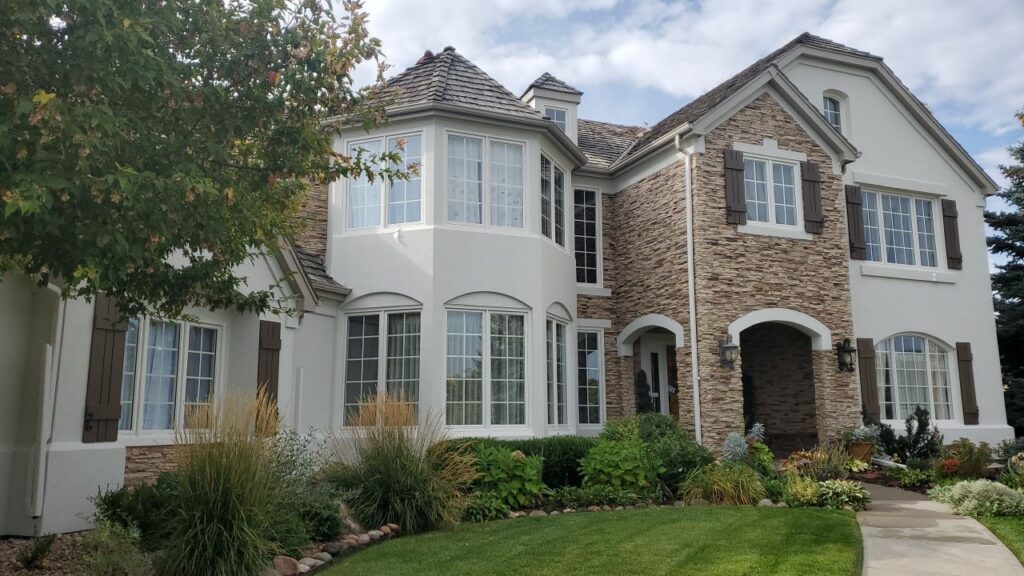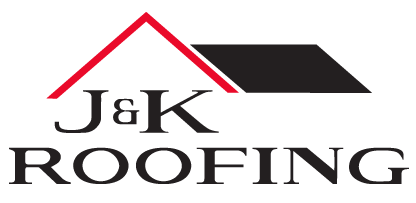
When Is The Best Time To Review Your Homeowners Insurance Coverage?
Keeping your home in the best shape possible isn’t just about doing standard maintenance and preparing it for changing seasons; it’s also about making sure your home is covered with the best homeowners insurance policy you can get.
If you’ve been with the same insurance provider for more than a couple years, you might be benefiting from a loyalty discount, but that shouldn’t stop you from reviewing your policy from time to time to make sure your coverage suits your needs. That’s especially true if you’ve completed any renovations or done any improvements that might increase the value of your home.
So when is the best time to review your homeowners insurance coverage? You aren’t limited to a particular time frame, but there are some key events to consider that could help you save money.
How often can you change homeowners insurance?
You can change your homeowners insurance policy as often as you like, but you might be charged a fee for switching before your renewal date. These fees can be as low as $25. Some insurance companies will let you cancel or modify your policy before your renewal date, so it’s best to double check.
When is the best time to review your homeowners insurance coverage?
There are a number of scenarios that may motivate you to review your coverage, and we’ve pulled together five of the most common ones.
Annually Before Your Renewal Date
A few weeks before your renewal date, you should receive a notice from your insurance provider that your renewal date is approaching. Just like with car insurance, it’s good to shop around from time to time to make sure you’re getting the best value and are adequately covered. According to Policygenius, an online aggregator of various insurance providers, average savings from shopping around for home and car insurance add up to $455 annually.
But to make the right switch for your situation, you should research the steps involved with changing your homeowners insurance.
Home Renovations
You work hard to make your home a nice, livable space, and your insurance coverage should offer adequate protection that fits with your home’s value. It’s best to review your coverage whenever you’re planning to make modifications to your home, including:
- Remodeling
- Getting a new roof
- Outdoor additions (shed, gazebo, fence, etc.)
Updates to Home Safety Features
If you’ve updated your home for safety purposes, like installing railing around your deck or front porch, or added smart safety devices to your home, you might be able to get rewarded by your insurance provider. Look for discounts that may be available based on your home improvements.
Other Additions
When you add new features to your home like a swimming pool, a hot tub, or even a backyard swing set, it’s best to make sure your policy provides adequate coverage. For example, you must make sure you’re covered in the event of an accident. Some enhancements to your home are especially attractive to children, and you could be liable for any injury that takes place on your property—even if someone is trespassing.
Bringing a new pet home is another addition that could mean a change to your policy. Make sure you’re covered in case your new dog doesn’t get along with the mailman!
Property Inflation Adjustment
It’s just a fact of property ownership that costs tend to increase from time to time. Typically, your homeowners insurance provider will make an adjustment for property inflation automatically, but it’s always good to know for sure by reviewing your policy and asking if needed.
Take Time to Understand Your Homeowners Insurance Policy
Not all homeowners insurance policies are the same, and it’s up to you to make sure yours is the best fit for your home. Beware of cheap homeowners insurance policies that don’t sufficiently protect your home and your family. And make sure you know what goes into filing a homeowners insurance claim for renovations like getting a new roof.
Know the Difference Between Replacement Cost Value and Actual Cash Value
There are two types of homeowners claims, a replacement cost and an actual cash value, and it is important to know the difference. Reimbursement for either type of claim will depend on your level or coverage so reviewing your coverage beforehand can be beneficial in knowing what to expect. Both levels of coverage can help cover the cost of rebuilding your house or replacing your belongings, but the two differ in terms of how your claim payment is calculated. While both types of coverage help with the costs of rebuilding your home or replacing damaged items after a covered loss, actual cash value policies are based on the items’ depreciated value while replacement cost coverage does not account for depreciation.
Hiring a Roofing Company That Works With Insurance Claims
If you suspect that your home has roof damage, contacting a trusted roofing company first can help you before reaching out to your insurance company. J&K Roofing has performed countless roof replacements for homeowners and helped them navigate their roof insurance claim process. We have worked claims from all insurance companies and know the questions to ask and how to help you navigate your claim. If you are in the Denver Metro, Front Range, Colorado Springs, or Northern Colorado areas, call us today to schedule your free inspection.
